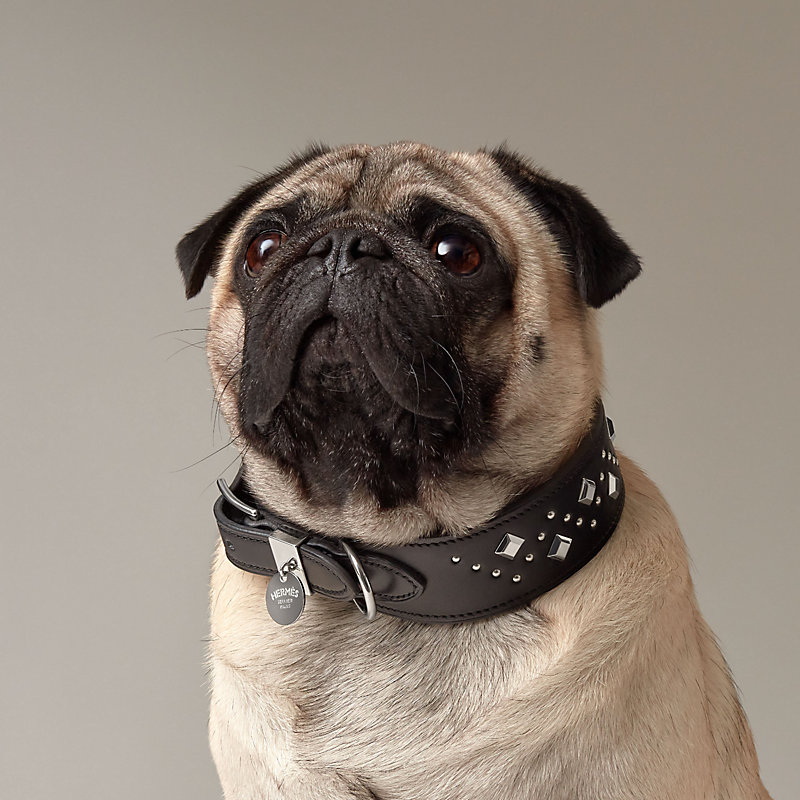When it comes to our four-legged friends, the proper collar for your dog is an essential accessory. Dog collars serve multiple purposes, including identification, safety, and style. The search for the perfect dog collar is a difficult task with so many options out there.

Dog Collars are versatile
Collars for dogs play a vital role in the lives of your pet. Let’s look at the various aspects of dog collars and how they can benefit your pet.
Identification and safety The collar of your dog serves as an essential tool for identifying your pet. The collar usually has an ID tag with your contact info to make it easier to locate your dog if they go missing. The tag is secured by the D ring attached to the collar of some of the finest dog collars. It is a way to ensure that the tag isn’t snagged on walks or during playing.
Control and Training – Dog collars may be employed to train and control your pet. The standard collars can be laced to a leash, giving you more control on walks or other outdoor activities. If you have a dog that is large or hyper, a collar with a good fit will keep your dog in check and prevent the dog from pulling excessively.
Style and personalization. While safety and function is essential, style matters too. Dog collars are available in a variety of styles, materials, colors, as well as styles, which allows you to convey your pet’s character and your personal style. Collars that are personalized with your pet’s name or design can add an additional dimension.
Dog Collars Types
With the myriad of dog collars on the market It is crucial to be aware of the different types and their specific purposes.
The flat collar that is standard in design is the most well-known type of dog collar. These collars are simple and adjustable. They’re perfect for daily wear. They are great for attaching ID tags to your dog’s collar and for walking.
Martingale Collar : Martingale Collars were designed for dogs who slipped out of their traditional collars. The collars tighten slightly as the dog pulls the leash. This stops escape without being able to choke. These are great for dogs that have narrow heads, like Greyhounds.
Prong Collars (also called pinch Collars) are a bit controversial but can be very effective in certain scenarios. Prong collars are made of steel and force the dog to stop when it pulls, which discourages pulling behaviour.
Head Collars: Head collars like the Halti or Gentle Leader provide better control over your dog’s movements by allowing you to control your dog’s head. They are useful when dogs are strong pullers or overly excitable.
Harness: Although they are not technically a collar, harnesses are worth mentioning. They can make dogs more comfortable, especially if they are prone to respiratory issues. Harnesses are an excellent option for dogs that have breathing problems or are small breeds.
How to choose the best dog collar
Think about your dog’s size, its behavior, and the particular needs you have for your dog. Consider these factors when choosing the right collar for your pet:
The collar should be snug but not overly tight. The collar should allow the user to put two fingers in between it and the dog’s neck. Be sure that it’s not loose because it could allow your pet to slide.
Collars for dogs can be made out of a variety of materials like leather, nylon and chain. Think about the comfort of your dog as well as your own preferences. Leather collars can be stylish and durable, but nylon collars tend to be lightweight and easy to clean.
Safety Features: Reflective strips on collars will improve your dog’s visibility when walking at night. There are also breakaway collars available that release when your dog becomes tangled on something to avoid choking.
When you are choosing a collar be aware of your dog’s behavior. If your dog pulls on the leash, a no-pull harness or a martingale collar may be suitable. A standard collar is ideal for well-behaved, calm dogs.
Personalization and Style – Show the personality of your dog and style by choosing a collar that shows them. Collars with personalized designs or distinctive patterns can provide your dog a distinctive look.
The end of the article is:
Dog collars aren’t just accessories but essential tools for keeping your dog safe as well as well-trained and stylish. When you are choosing the ideal dog collar for your pet be sure to consider things like size, materials, safety features, as well as your dog’s behaviour. Your pet will appear stunning and will be secure with the appropriate collar.


